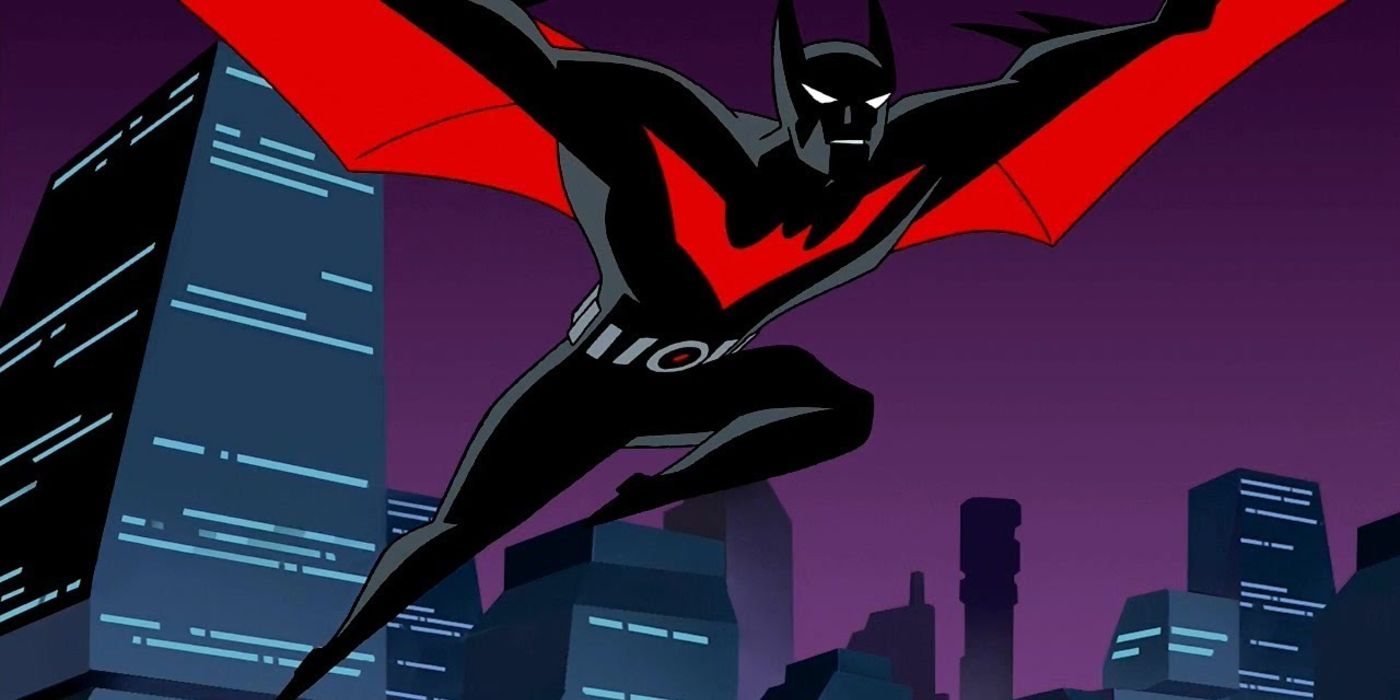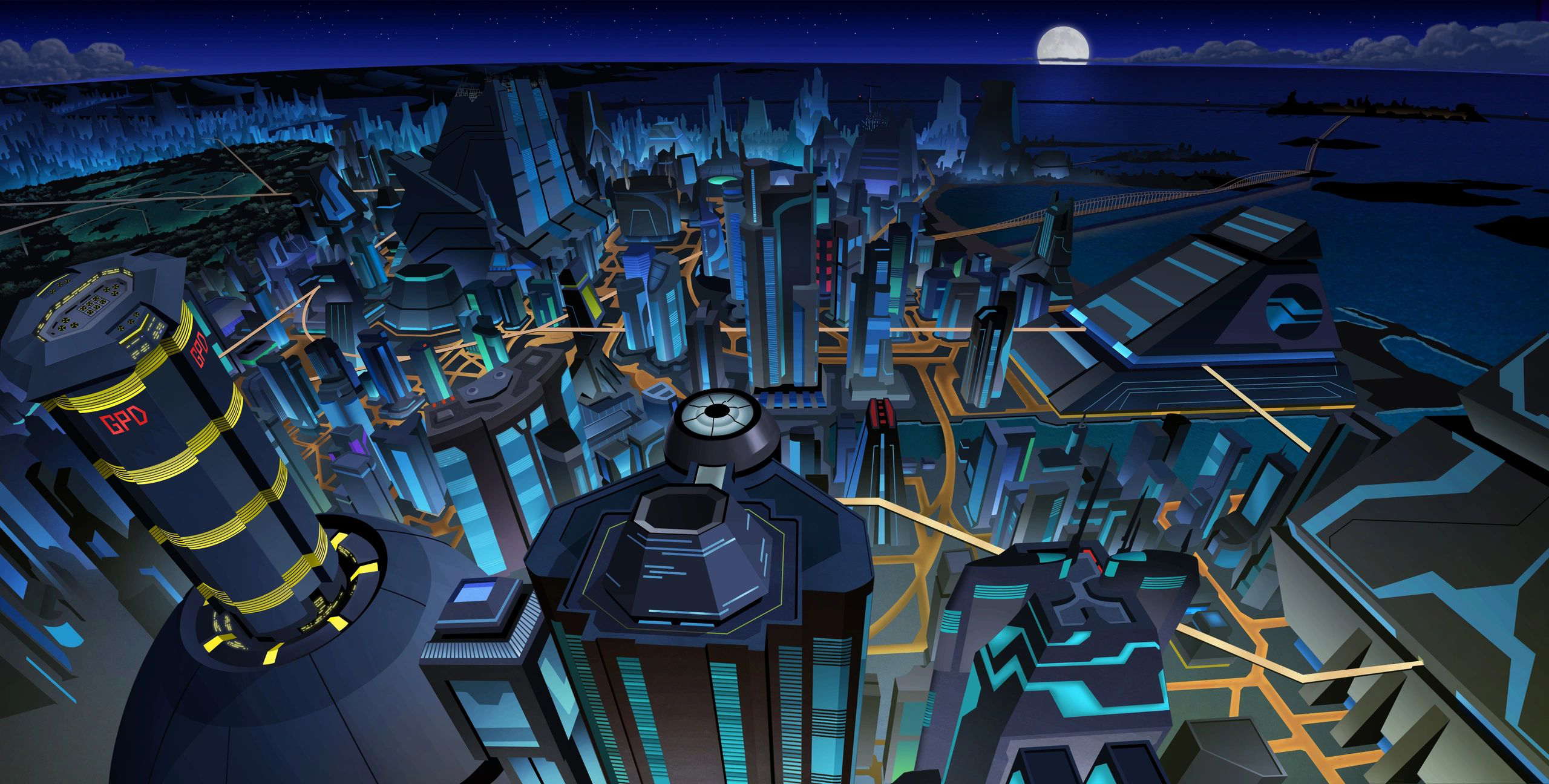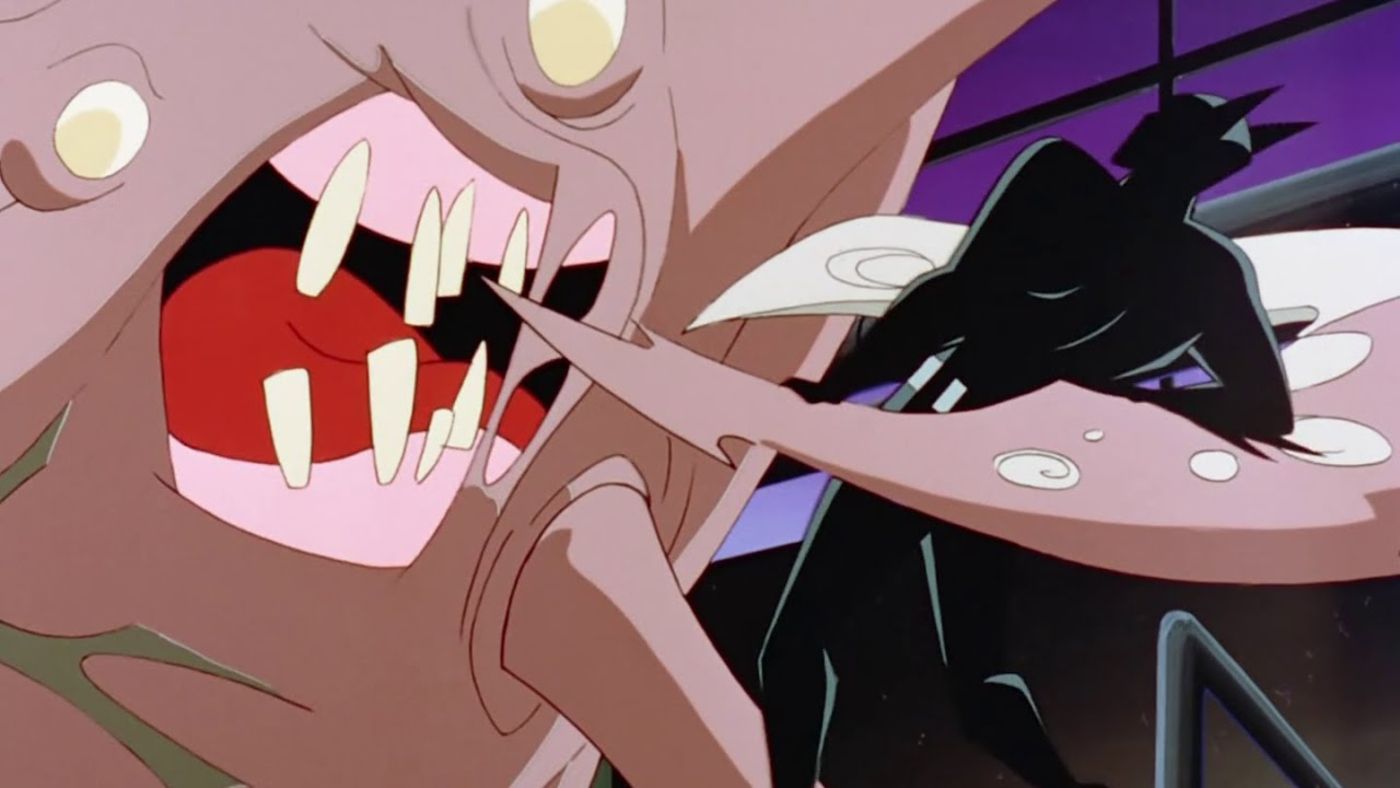The animated Batman Beyond series depicts Gotham in the year 2040, placing the Dark Knight in the middle of a cyberpunk setting that blends technological anxieties with superhero escapades. The show's mix of both genres is truly unique and frames many cyberpunk themes in an interesting manner.
According to the Oxford Dictionary, cyberpunk is, "a genre of science fiction set in a lawless subculture of an oppressive society dominated by computer technology." Batman Beyond immediately introduces its audience to this type of dystopian setting, as Gotham is plagued by rampant corruption and crime. Many of these issues in Batman Beyond's first season are caused by Powers Technology, a powerful tech company run by CEO Derek Powers.
As the most prominent corporation in Gotham, Powers Technology engages in illicit activities and concentrates its wealth among a few executives, while the rest of the city descends into poverty. The company develops a lethal mutagenic nerve gas with the intent to sell it. The company's disregard for the poor and Powers' prioritization of profit over human life are both common cyberpunk tropes, which critique the power of large corporations.
Batman Beyond explores more interesting cyberpunk themes in Season 2, Episode 1, "Splicers." In the episode, a new craze called "splicing," which combines human and animal DNA, takes over Gotham. The procedure is considered dangerous by Gotham's DA Sam Young, who wants to outlaw it for instigating aggressive behavior. This causes the procedure's inventor Abel Cuvier to declare war on non-genetically modified humans, which eventually culminates into a body-horror showdown against Batman.
"Splicers" themes highlight many of the anxieties people have about genetic modifications and questions regarding its impact on a person's humanity. Although body modifications are a common cyberpunk trope, Batman Beyond makes this fear entirely biological, as humans become more animalistic. Cuvier's battle with Batman is also filled with cyberpunk imagery, as his final transformation is akin to genre icons such as Akira.
Another Season 2 episode, "Hooked Up," depicts the concept of virtual reality (VR) in a unique way. In the episode, several of Terry McGinnis' classmates become addicted to VR machines, which are enhanced by the villain Spellbinder. Many of these VR addicts end up committing crimes to pay for their next session, while other students go into comatose as a result of Spellbinder's machine. While the episode ends with a fight between Batman and Spellbinder, "Hooked Up" humanizes its VR victims, who are shown to have other problems in their personal lives.
Cyberpunk often depicts VR as a distraction from dystopian realities, but "Hooked Up" questions its impact on the human psyche. Although the episode aired in 1999, this depiction of technological angst still poses some great questions regarding humanity's attachment to digital spaces, especially in a world where the average person spends six hours a day online.
Batman Beyond doesn't just throw Batman into the future; it makes its setting integral to the show's identity. Its villains, story arcs and themes all pose interesting questions while reflecting society.



